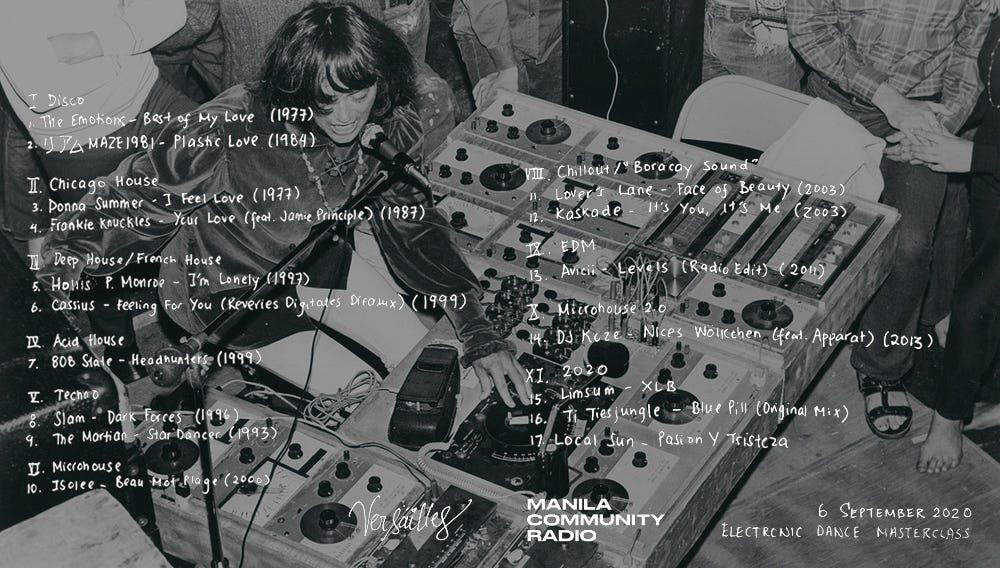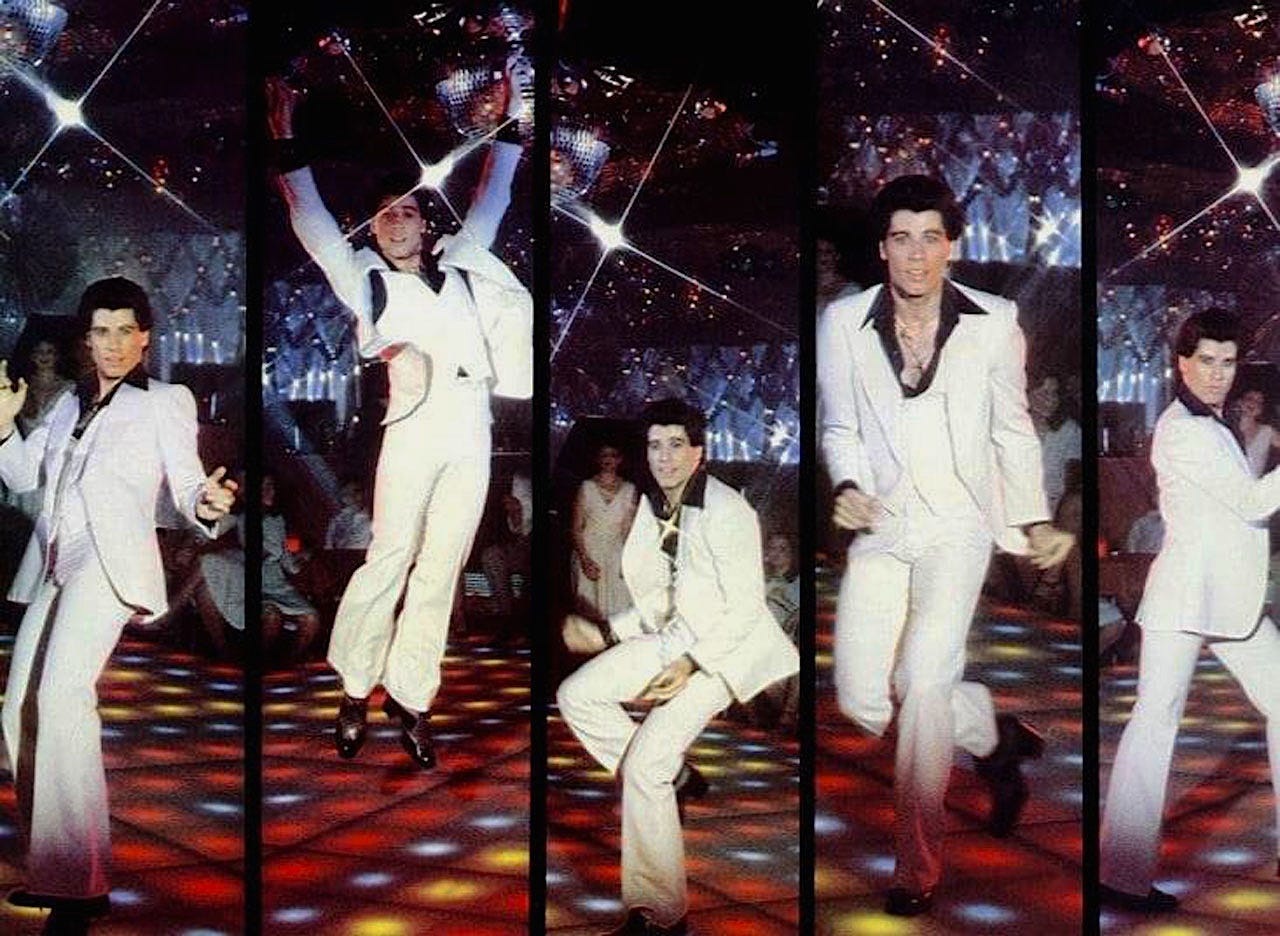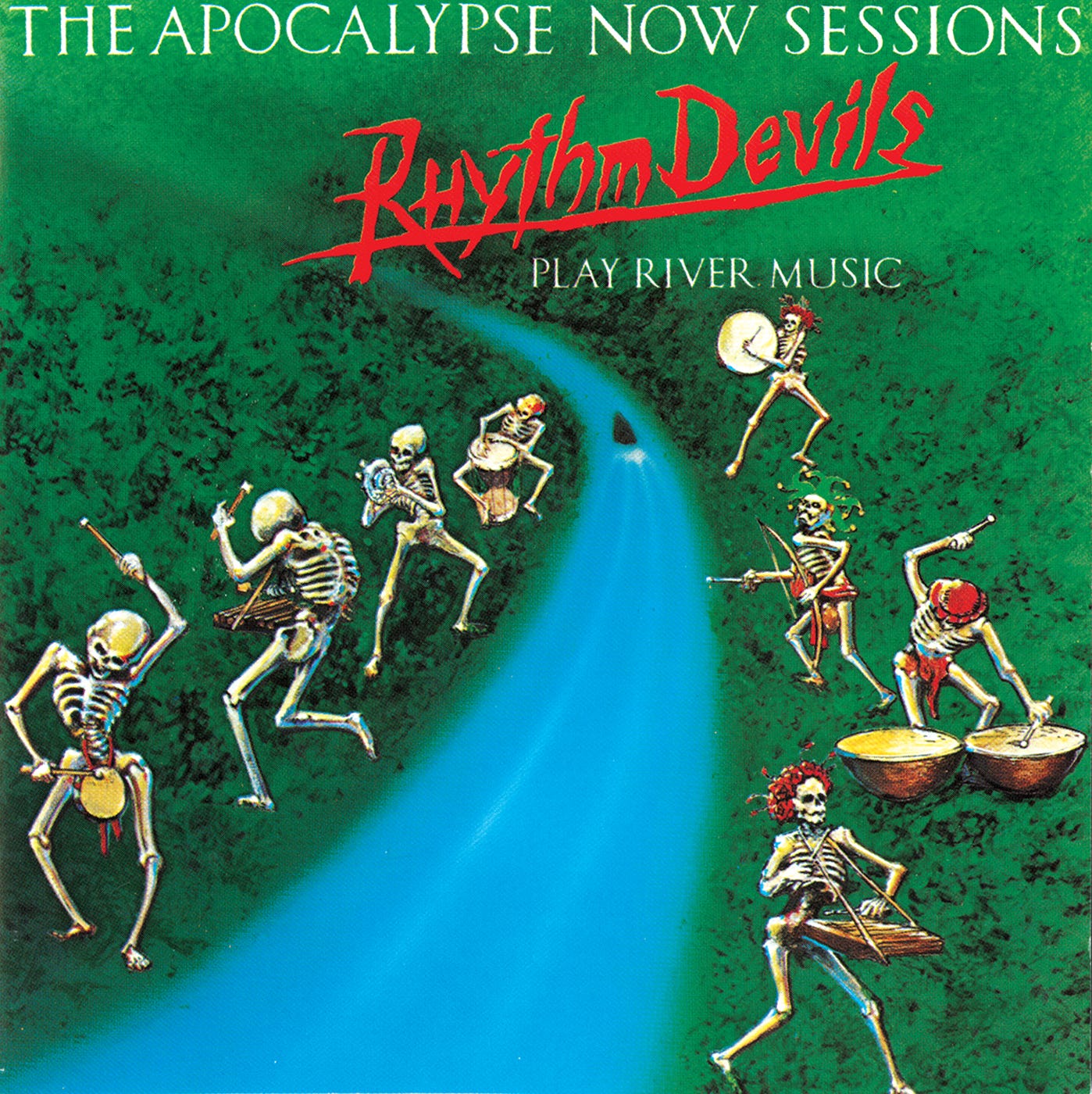
The tracklist for my “electronic dance masterclass” on Manila Community Radio, 6 September 2020. Available for playback on Cultural Learnings and Mixcloud.
While putting together last week’s show on the history of electronic dance music, I was baffled by how much music has changed within the course of just fifty years.
Most of us listen to music every day, whether actively or passively. Yet, unless you are down a Wikipedia hole on the odd day your attention span permits it, rarely do we sit down to distinguish the character of a sound within the context of its time and place. This thought struck me upon doing research on ‘I Feel Love’ by Donna Summers — a high-energy disco track, recognised by many as an important milestone in the history of electronic dance music.
There are many reasons this track garners such a title, but I’ll name you three.

John Travolta on Saturday Night Fever (1977) (Image source: The Telegraph)
The first one has to do with it being released in 1977 — a pivotal year for disco, skyrocketing into popularity with hits like ‘Best of My Love’ by The Emotions, which peaked third of the charts and won a Grammy award that year. The release of Saturday Night Fever, featuring John Travolta in his iconic white suit, helped instil disco into the public consciousness, too. Radio stations at the time, which mainly catered to rock music, really pushed back against disco — an added friction on top of the unsavouriness expressed by the public towards the black, gay, and Latino counterculture, the main purveyors of disco. Considering how commonplace disco appears today, it is difficult to grasp the type of backlash it received then, especially compared to the “culture wars” we hear in the news today.
Surely enough, two years after ‘I Feel Love’ was released, disco was finally on its last legs. On 12 July 1979, crates of disco records were blown up during a Major League Baseball game against the Chicago White Sox and Detroit Tigers — a night otherwise known as Disco Demolition Night. With that, producers were forced to take new musical directions. Disco gradually declined, eventually giving birth to house music.
Secondly, ‘I Feel Love’ is considered by many as one of the first, if not the first, track to use an analogue synthesiser, manipulating electricity to generate sound. Before its release, the sound of disco was mainly distinguished by its orchestral use of drums, strings, horns, electric pianos, and rhythm guitars.
‘I Feel Love’ treated its various moving parts differently. For example, each note on the bassline was doubled by adding a delay effect, creating a repeated echo that made the track feel hypnotising and strobe-like. The hi-hat was created by putting an “envelope” on the hissing white noise from the synthesizer — in other words, changing how the sound attacks, decays, sustains, and releases over time.
Giorgio Moroder and Pete Bellotte, the producers of ‘I Feel Love,’ sought to create a futuristic sound by emulating, and using, the operating energy of electronic machines. In doing so, they gave new life to disco at a time when the cultural landscape was at a pivotal point of re-definition.
With all this considered, ‘I Feel Love’ is important in this history because of how it changed our relationship with music spaces, especially clubs. The template of the DJ-based underground club really started with disco (The word “disco” is a shorthand for discotheque, meaning “record library” in French). This template eventually became the model for how electronic dance music is enjoyed: a platform, a space, for new sounds to be heard. Here, Simon Reynolds wrote on Pitchfork how ‘I Feel Love’ left its mark on club culture for generations to come.
“Within club culture, “I Feel Love” pointed the way forward and blazed the path for genres such as Hi-NRG, Italo, house, techno, and trance. All the residual elements in disco—the aspects that connected it to pop tradition, show tunes, orchestrated soul, funk—were purged in favor of brutal futurism: mechanistic repetition, icy electronics, a blank-eyed fixated feel of posthuman propulsion. “‘I Feel Love’ stripped out the flowery aspects of disco and really gave it a streamlined drive,” says Vince Aletti, the first critic to take disco seriously. In the club music column he wrote for Record World at the time, Aletti compared “I Feel Love” to “Trans-Europe Express/Metal on Metal” by Kraftwerk, another prophetic piece of electronic trance-dance that convulsed crowds in the more adventurous clubs.”
If putting together this show showed me anything, it is the fact that we are always at the cusp of cultural change wherever and whenever we are prepared to see it.
I hope you enjoy this show as much as I enjoyed learning about this important history.
Save the dates
Manila Community Radio - Sunday, 20 September 2020
11:00 - 13:00 GMT+1 (UK) | 18:00 - 20:00 GMT+8 (PH)
Two hours of percussion and brass, traversing a wide range of acid jazz, film scores, and rhythmic ambient music.

Other housekeeping
I made a downtempo and psychedelic rock mix for “listening in the present,” which is available on Mixcloud.
My acid techno show on 1020 Radio, which aired on 29 August, is also available for playback.

Cultural Learnings is a radio show and newsletter on contemporary culture by Sai Villafuerte. You can support it by subscribing, sharing this post, emailing your thoughts, or answering this survey.






Share this post